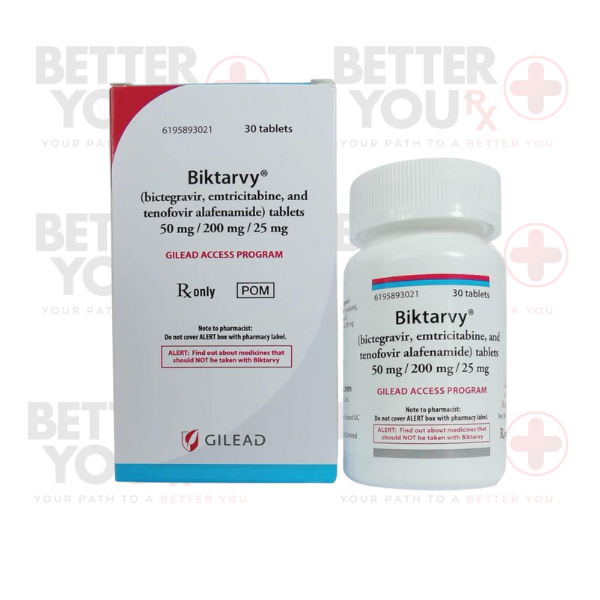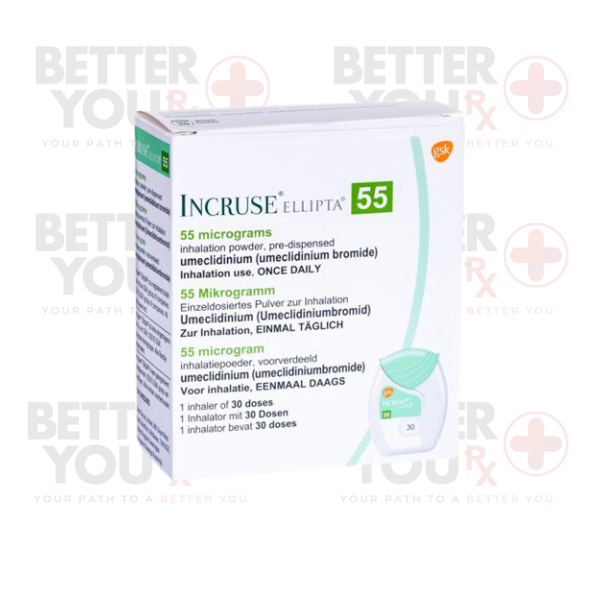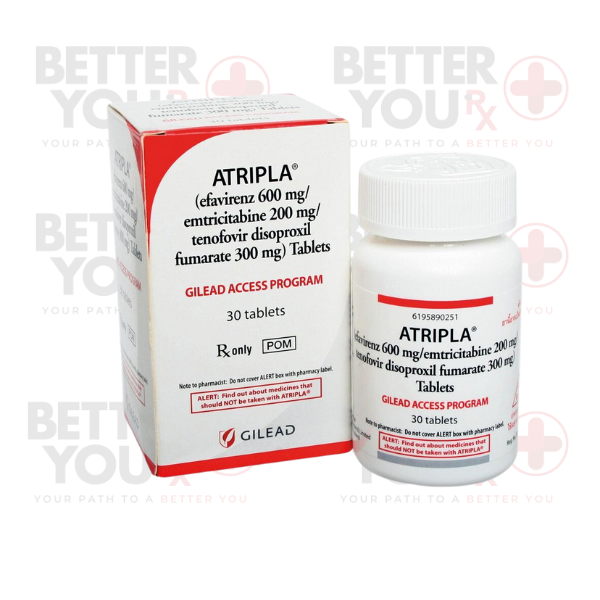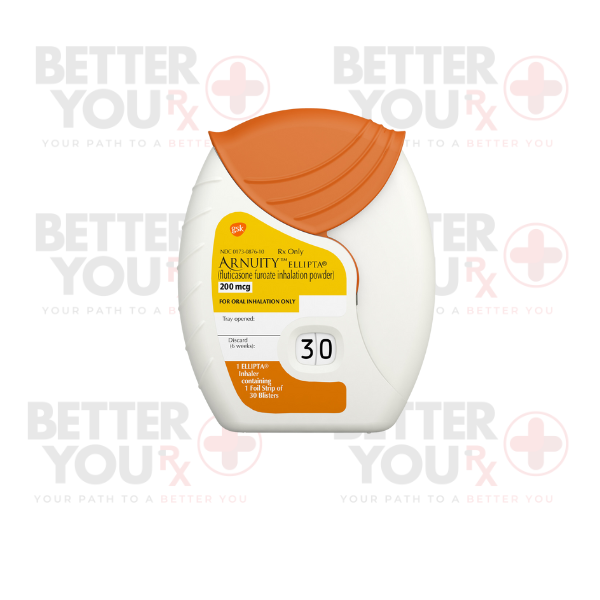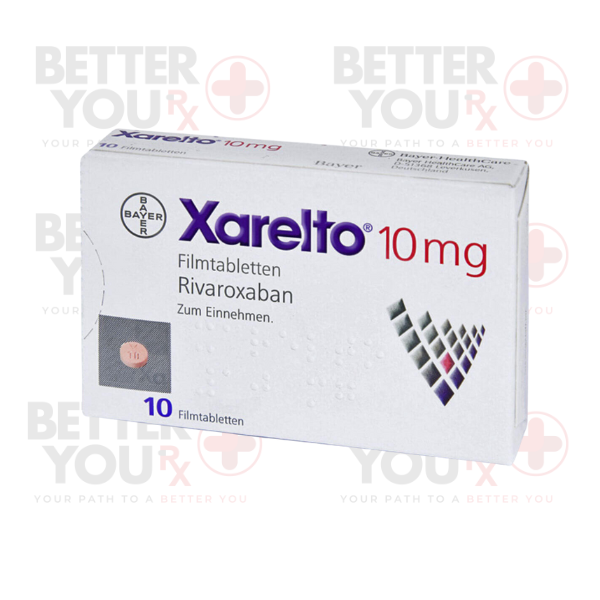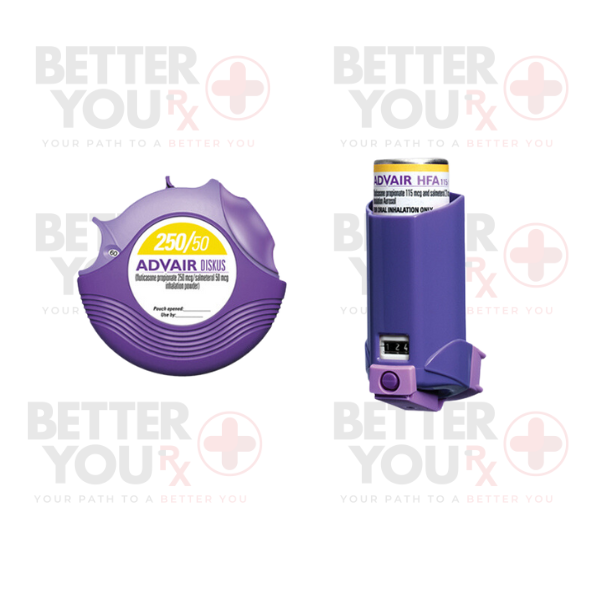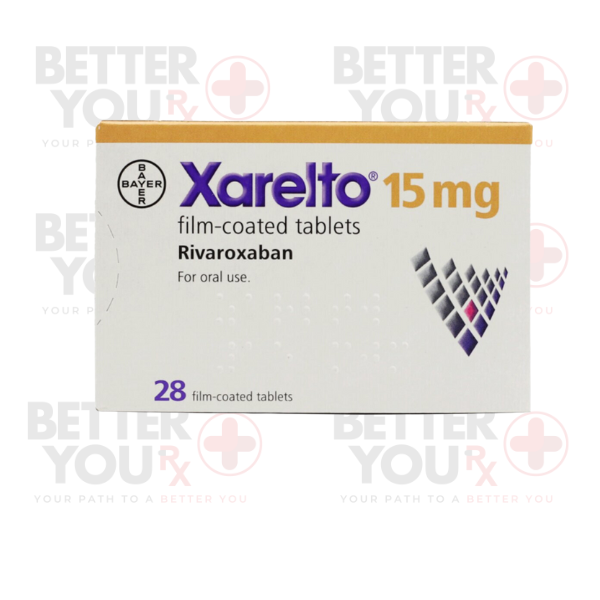| Usage |
Usage
Valsartan is available in tablet form for oral administration. When treating high blood pressure, it is typically taken once a day, either with or without food. For the management of heart failure or following a heart attack, it is usually taken twice a day, with or without meals. To ensure consistent dosing, try to take valsartan at approximately the same time each day.
Adhere closely to the instructions on your prescription label, and don't hesitate to seek clarification from your doctor or pharmacist if any aspects are unclear. It's essential to take valsartan precisely as directed—refrain from increasing or decreasing the dosage or taking it more frequently than prescribed by your doctor. Your physician may initiate your treatment with a low dose and gradually raise it.
Valsartan effectively regulates high blood pressure and manages heart failure but does not provide a cure. While you may experience a reduction in blood pressure within the initial two weeks of treatment, it could take up to four weeks to fully realize the benefits of valsartan. Continue taking valsartan even if you feel well and do not discontinue it without consulting your doctor. You have the option to ask your pharmacist or doctor for a copy of the manufacturer's patient information.
|
| Side Effects |
Side Effects
Valsartan has the potential to induce side effects. If you encounter any of the following symptoms, it's important to inform your doctor, especially if they are severe or persistent:
1. Headache
2. Excessive tiredness
3. Nausea
4. Diarrhea
5. Stomach pain
6. Back pain
7. Joint pain
8. Blurry vision
9. Cough
10. Rash
Certain side effects may be more serious. If you experience any of these symptoms or any of those detailed in the PRECAUTIONS section, promptly contact your doctor:
1. Enlargement or puffiness in the facial, throat, tongue, lip, eye, hand, foot, ankle, or lower leg areas.
2. Hoarseness
3. Difficulty breathing or swallowing
4. Unexplained weight gain
It's also important to be aware that Valsartan might cause other side effects not mentioned here. If you encounter any unusual problems while taking this medication, do not hesitate to contact your doctor.
|
| Storage |
Storage
Store this medication in its original container, securely sealed, and out of the reach of children. Store it at room temperature, preventing exposure to excessive heat and moisture, and refrain from keeping it in the bathroom. It is crucial to ensure that all medications are inaccessible to children, as many containers, such as those for weekly pill organizers, eye drops, creams, patches, and inhalers, may not be child-resistant, and young children can easily open them.
To prevent accidental poisoning in young children, always secure safety caps and promptly place medications in a secure location, positioned up and out of sight and reach.
Unused medications should be disposed of in a manner that prevents access by pets, children, and others. However, do not flush this medication down the toilet. The preferred method for medication disposal is through a medicine take-back program. Consult your pharmacist or contact your local waste management or recycling department to inquire about available take-back programs in your community.
|
| Precaution |
Precautions
Before initiating Valsartan:
1. Notify both your doctor and pharmacist if you have any allergies to Valsartan, other medications, or any ingredients present in Valsartan tablets.
2. If you have diabetes (high blood sugar) and are taking aliskiren (found in medications like Tekturna, Amturnide, Tekamlo, and Tekturna HCT), inform your doctor. In such cases, your doctor may advise against taking Valsartan.
3. Disclose to your doctor and pharmacist all other prescription and nonprescription medications, vitamins, dietary supplements, and herbal products you are currently using or intend to use. Make sure to mention the following:
• Angiotensin-converting enzyme (ACE) inhibitors like benazepril, captopril, enalapril, fosinopril, lisinopril, moexipril, perindopril, quinapril, ramipril, and trandolapril.
• Aspirin and other nonsteroidal anti-inflammatory medications (NSAIDs) such as ibuprofen and naproxen, along with selective COX-2 inhibitors like celecoxib.
• Medications like cyclosporine, diuretics (including potassium-sparing diuretics), gemfibrozil, potassium supplements, rifampin, and ritonavir.
Your doctor may need to adjust your medication doses or closely monitor you for potential side effects.
4. Inform your doctor if you have a history of bile duct blockage (a condition that obstructs bile flow from the liver to the gallbladder and small intestine, often associated with gallstones, tumors, or injury), as well as heart, kidney, or liver disease.
5. Notify your doctor if you are breastfeeding.
6. Be aware that Valsartan may cause dizziness, lightheadedness, or fainting, especially when transitioning from a lying to a standing position. This effect is more common when you first begin taking Valsartan. To minimize this risk, rise from a prone position slowly and pause with your feet on the floor for a few minutes before standing.
7. Understand that a drop in blood pressure leading to lightheadedness and fainting can result from conditions like diarrhea, vomiting, inadequate fluid intake, and excessive sweating. If you experience any of these issues or develop them during your treatment, inform your doctor.
|


